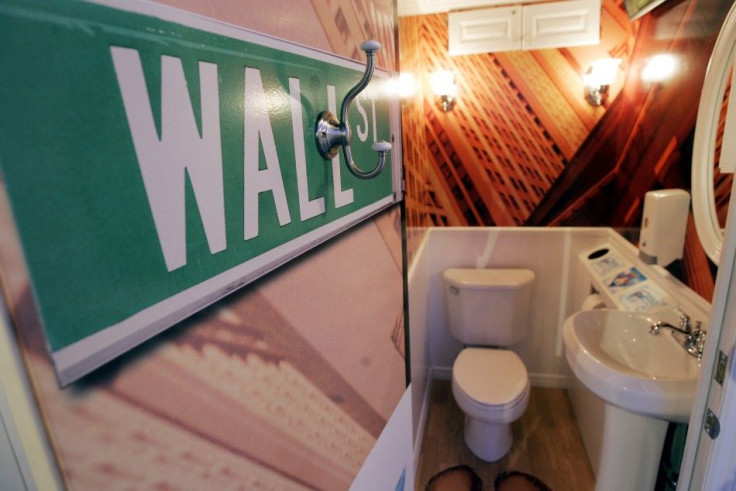Ew! Bacteria Fester Everywhere in Public Restrooms, Study Finds

User beware: bacteria lurk on just about every surface in public restrooms, from toilets to faucets to floors, according to a new study. The good news is that most of cataloged microbes were relatively harmless and came from human skin.
Researchers fanned out across the campus of the University of Colorado, Boulder and swabbed the surfaces of six female and six male public restrooms on a single day. The UC Boulder team, led by ecology researcher Noah Fierer, then built catalogs of all restroom bacteria using genomic sequencing to tag each microbial species.
Research groups previously have looked at microbial diversity in the bottom of the ocean, in municipal waste and even inside pumpkins.
The Colorado researchers were interested in the microbial diversity of indoor areas where people spend most of their time.
Like most people, we were curious about the types of bacteria we come into contact with on a daily basis, researcher Gilberto Flores told IBTimes in an email. Public restrooms offered a unique environment to explore bacterial diversity because of the nature of their utility.
Their findings? Restroom users left behind a wide assortment of bacteria associated with human skin, guts, mouths and urinary tracts. But skin bacteria reigned supreme.
Some of the skin bacteria was relatively benign, but others such as bacteria from the Staphylococcus family can become dangerous if it infects wounds.
What may be surprising to some was male and female restrooms did not differ significantly in bacterial diversity.
What surprised me most about these results was the high level of diversity observed on all surfaces, Flores wrote in an email. We typically don't think of common indoor surfaces as refuge for microorganisms. These results also highlight that we are surrounded by diverse lifeforms that we overall know little about.
The online journal PLoS ONE published the research Wednesday.
Previous research delved into public restrooms at sea. A 2009 study examined cleanliness on 56 cruise ships over the course of three years and found that only 37 percent of toilet area objects were cleaned daily. The study concluded that infection outbreaks might occur less frequently if the toilet areas were cleaned on a more regular basis.
The Colorado researchers plan to extend their restroom study. The next locale they plan to swab down in the hunt for microbes? The kitchen.
We currently have a study examining the microbial diversity of household kitchens, Flores wrote in an email. We are also extending our research to look at microbial diversity in different household environments across the United States.
© Copyright IBTimes 2025. All rights reserved.





















